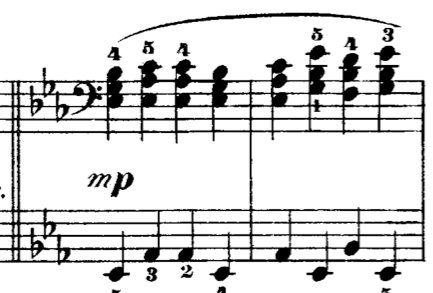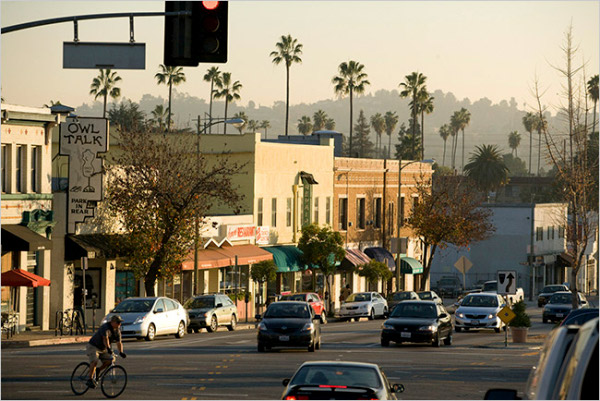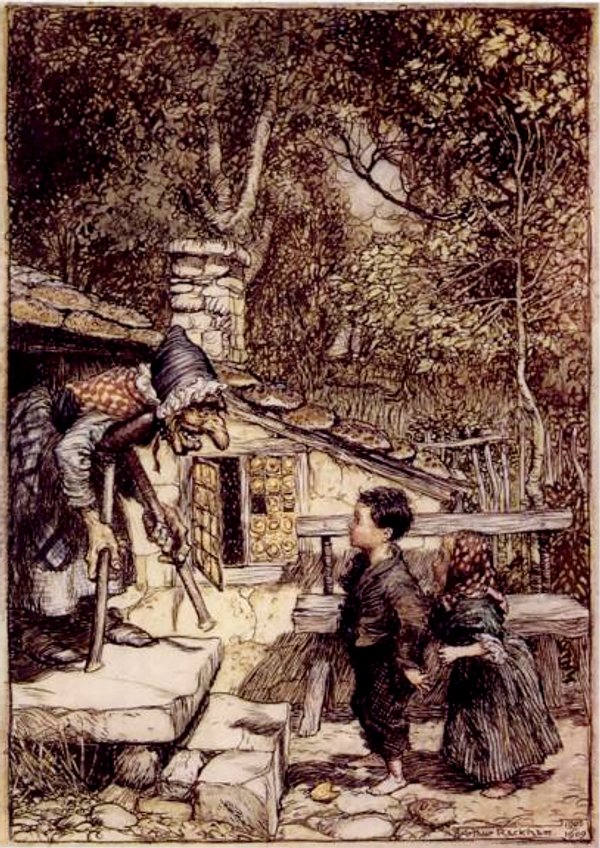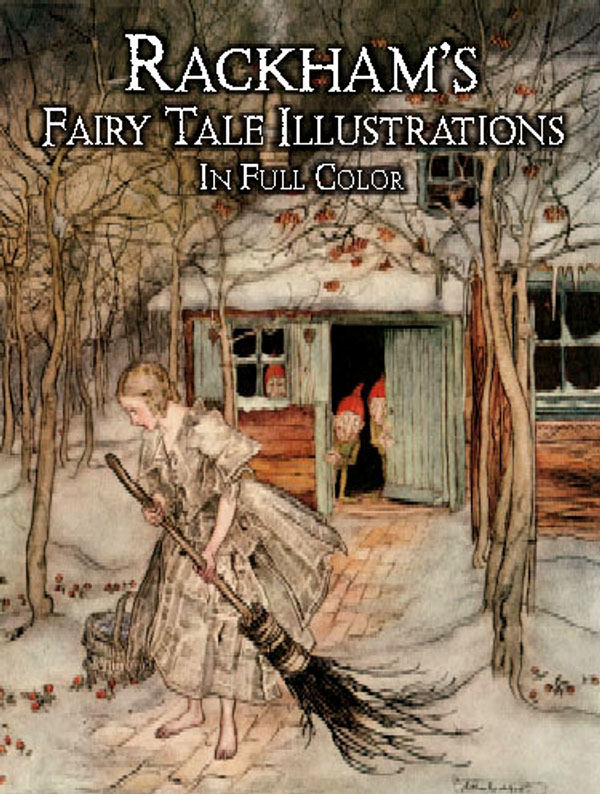Time magazine has a lame piece today on why there is more obesity in the South than in the rest of the country. They’re right about some things, for example the correlation of health and weight to income. But they trot out all the old stereotypes about biscuits, fried chicken, and pie. Southerners have always been poor, but they have not always been fat, as an examination of any collection of old photos will show you.
As a Southerner, a foodie, and a person who takes careful note of what people have in their carts in the grocery store line, I claim the standing to comment knowledgeably on this question.
1. Southerners have stopped cooking from scratch. This is clear from the contents of their grocery carts.
2. Southerners have too little color in their diets. Pretty much everything in their grocery cart will be meat or something white.
3. Southerners consume astonishing quantities of canned and bottled sweet drinks. By weight, sweet drinks are probably the main items in their grocery carts. Few even seem to make fresh iced tea at home anymore.
4. Southerners eat too much meat. They seem to have cut way back on pinto beans, which, in my childhood, you were guaranteed to get at least twice a week.
5. Southerners eat too much cheap white bread and too many chips.
6. Southerners buy very few fresh foods, not even fresh potatoes. It took me a while to realize that people aren’t interested in starting gardens because they aren’t interested in what comes out of gardens.
7. When Southerners eat out, whether at fast food places or not, they eat even more calories than they eat at home. Restaurants compete on price and the size of the portions.
If Southerners could go back to the era of homemade biscuits, all would be well. People made biscuits because it was hard to get white bread, or the white bread cost more. Biscuits come from an era in which everything came from the kitchen, from scratch.
Michael Pollen’s rule of thumb is the best I’ve ever heard: It’s about remembering and honoring what our great-grandmothers cooked. Many Southerners seem to have forgotten.














